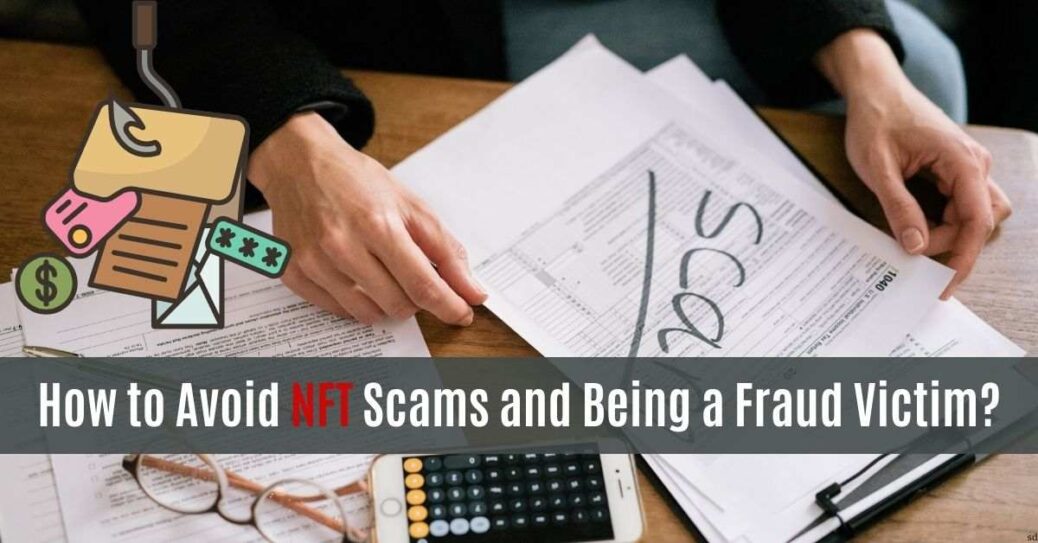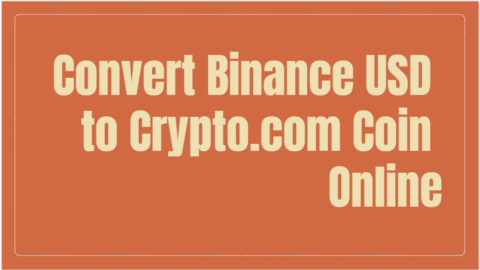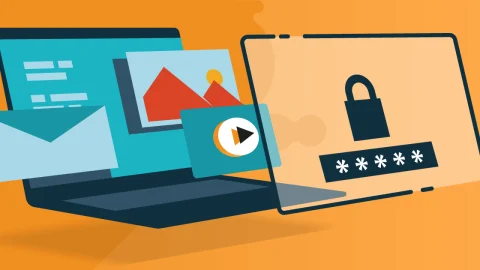How to Avoid NFT Scams and Being a Fraud Victim?
Nobody likes to find themselves in a situation where they discover they have been duped and must take legal action. However, sadly, the number of cryptocurrency and NFT scams appears to be increasing at the same time as the industry is expanding. The sophistication of fraudsters in their attempts to find new methods to scam people grows with each innovation, whether through system hacking, phishing, or identity theft in the NFT marketplace.
Table of Contents
When you acquire an NFT that is tied to a picture, you are not purchasing ownership of the image itself; you will not be able to reproduce or exploit it commercially after you have purchased the NFT. As opposed to this, you are acquiring ownership of a record of your purchase on the blockchain. You may then sell that record of purchase connected with that photograph to anybody else.
The value proposition in this case is a little difficult to comprehend. Some believe that NFTs are a good method to support digital artists by establishing scarcity and allowing consumers to “possess” a one-of-a-kind digital file in NFT marketplace. Several issues have to be resolved in the system, ranging from the resource costs associated with blockchain transactions to an abundance of frauds and hustles that have already become commonplace in the cryptocurrency world.
So, why did the NFT scam become a trend in the NFT marketplace?
For starters, deception is quite simple to perpetrate. Anyone can copy and sell someone else’s photograph by uploading it as NFT. Fraud renders your NFT worthless, and there is little hope of recovering your money. Original artists and their families can request that their work be deleted, particularly if it is copyrighted, by going through a bureaucratic procedure that involves filling out a Digital Millennium Copyright request form and waiting. What is the true issue?
Cryptocurrency wallets are notoriously anonymous. As a result, dealing with fraud on NFT marketplaces becomes more difficult, even though the sellers’ accounts can be quickly examined and inspected thanks to blockchain technology.
Platforms such as OpenSea and DeviantArt are increasingly checking for (NFT) infringements.
What steps can you take to avoid living an NFT scam?
In tandem with the advancement of technology, the sophistication of scams is rising. Begin by taking the below NFT fraud measures into account.
1. Remember to be on the lookout for phishing:
bots on a variety of platforms, including Discord, are requesting users to confirm their account details. If they gain access to your digital wallet keys, they will be able to drain all of the cryptocurrency stored in your digital wallet. Instead, always go straight to the verified websites for any cryptocurrency or NFT transactions, and avoid clicking on any links that show up or entering your information into emails.
2. Be careful of catfishing:
Remember when your parents advised you not to talk to strangers? This contains celebrities who endorse a non-profit organization. Catfishing, on the other hand, refers to the creation of fictitious profiles to obtain information.
How can you tell if someone is doing an NFT scam?
Check out their profile to have a better understanding of them. They will not give a link to their NFT collection/portfolio, and/or the collection/portfolio will not be hosted on a well-known server. With bougie profile photographs including dope clothes, the profile will likewise appear to be too good to be true.
You may be approached by someone who says, “I want to be your first buyer.” They may also decide to follow you… and a million other friends of yours, with no one responding to your follow request. As an alternative, they may attempt to entice you with the quantity of cryptocurrency they have available. They’ll also try to get as many positive evaluations as they can on an NFT.
3. Pump and dump:
Financial influencers are susceptible to the same kind of fraud as we are. This is the process through which the price of an NFT or cryptocurrency is artificially boosted to enhance the amount of trade. Once the price has increased (been pumped), fraudsters sell the shares at a higher-than-usual price (dumped). Take, for example, Dogecoin. To avoid this, look into the history of the project you’re considering investing in to learn more about it.
4. Crypto swaps at auction:
When you put your cryptocurrency up for auction, this is the most common scenario. When you resell your NFT, a bidder will change the coin that was used to make the purchase. Instead of receiving one Bitcoin, you might obtain X-coin (a completely useless cryptocurrency developed by our developer) if you accept the offer without first validating the payment method.
5. Counterfeit NFT scams
Make sure you’re buying from verified accounts if you’re concerned about counterfeit or plagiarized NFTs. A little amount of digital stalking and due diligence by finding the artist on Twitter, other social media channels, and their websites is worth its weight in gold – as is a little bit of due diligence by finding the artist on Twitter, other social media channels, and their websites.
Check to see if the artist’s profile matches the user profile from which you are purchasing. Is there another account with a similar name that has a significantly higher number of followers? If this is the case, the page with the higher number is most likely the authentic one.
6. Disable your Discord DMs:
Discord hackers are one of the most frequent NFT schemes out there, and you should avoid them at all costs. They occur when hackers obtain access to a Discord server’s administration console and upload a bogus minting link in the announcements channel. The communication will generally appear to be coming from a project organizer and will offer a bargain that appears to be too good to be true.
It will say something along the lines of “Due to high demand, we’re releasing 1,000 more NFTs.” As a result of their capacity to build demand, hackers will frequently purposely seek out collections. After a collection has sold out, most companies will not perform a surprising mint of extra NFTs,” says the author. In addition, we should mention that most projects will place all official links in a separate, designated channel and will not allow minting to occur through “sketchy looking URLs” – rather, it will only occur on the project’s central website.
When skimming through any NFT marketplace, keep in mind to:
- Fact-check your information.
- Aovid Pop-ups.
- Make certain that you the profiles have complete image.
- Keep your information coming from reputable sources.
Always keep in mind that social media isn’t your sole source of financial motivation. If you are dubious of the brand or any members of the brand that are reaching out to you, it is better to just avoid them until you have the opportunity to conduct your research and verify who you are talking with on a personal level.
Writing, researching, and learning about project management and tech.










